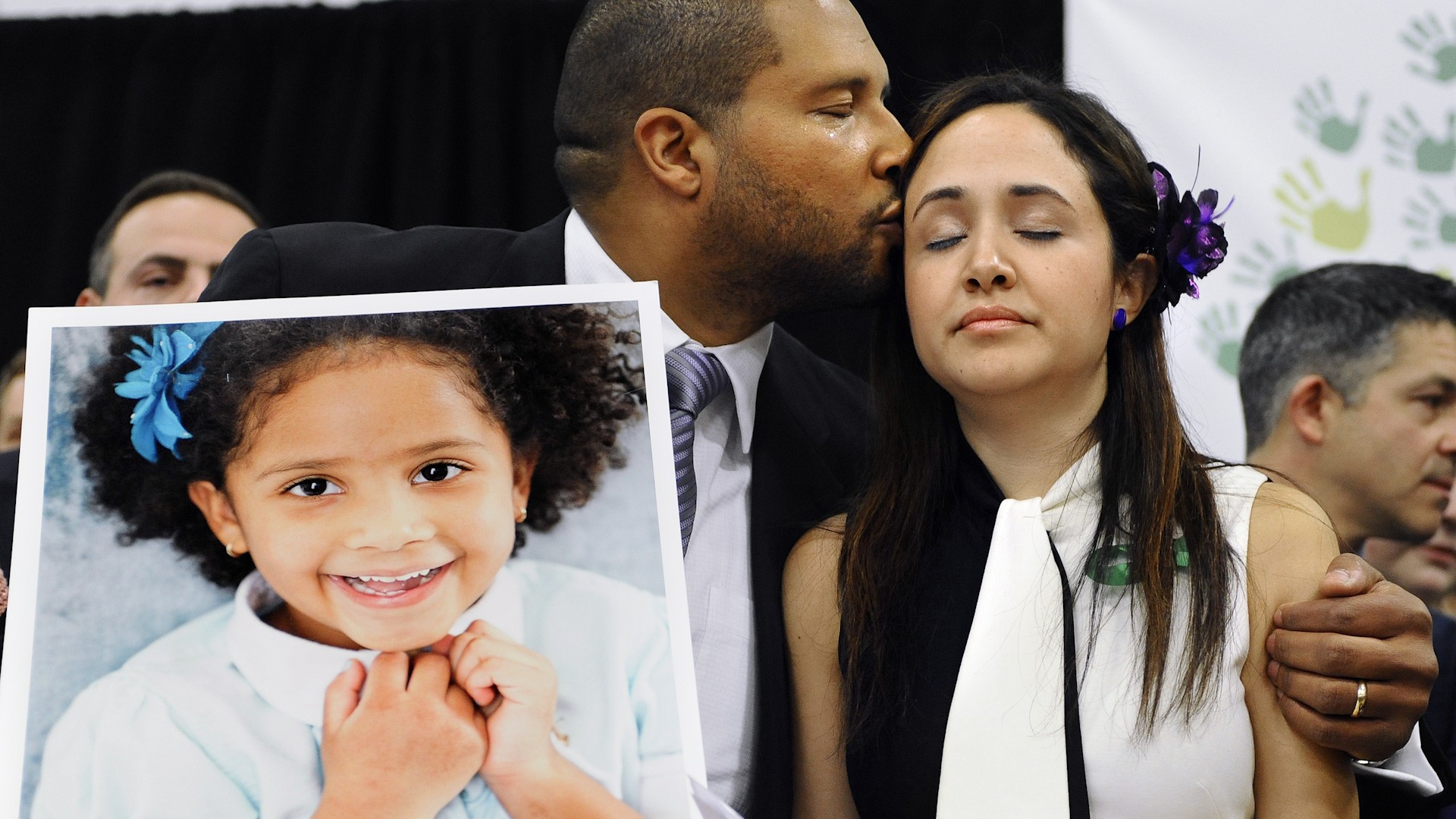As the country grapples with gun violence in the wake of the Parkland shooting, which left 17 dead at a Florida high school last week, the Supreme Court decided not to review a gun-control law in California aimed at stopping impulsive shootings, ensuring the law will remain in effect.The Tuesday decision ends a seven year fight over the law, which mandates a 10-day waiting period for most gun purchases, and upholds a 9th Circuit ruling that found the policy was a reasonable way to address the state’s interest in stopping gun violence.California had argued this “cooling-off period” gave the state time to conduct background checks, and was an effective way to stop homicides and suicides. The plaintiffs, Jeff Silvester and Brandon Combs, are registered California gun owners who argued the mandated wait on future gun purchases acted as an unconstitutional limit on their Second Amendment right to bear arms.California has the second-longest wait time in the country, trailing only Hawaii’s 14-day period, according to the Giffords Law Center to Prevent Gun Violence. The state has mandated some form of a waiting period for nearly 100 years.What real effect, if any, the wait time will have on the mass shooting epidemic plaguing America, remains to be seen. Adam Winkler, a Second Amendment expert at UCLA School of Law, says there haven’t been enough good studies to assess the effectiveness of waiting periods, and that they wouldn’t have stopped determined people from planning and carrying out mass shootings.“I don’t think that’s the goal of the 10-day waiting period,” he said. “That person is not going to be stopped by a 10-day waiting period.”Instead, he says, these sorts of policies can intervene in less extreme cases of gun violence, such as when a bout of anger prompts someone to threaten a workplace or spouse.Congress effectively bans federally funded research on gun violence, so comprehensive data and conclusions on issues like waiting periods remain elusive. But a 2017 Harvard study found that states with waiting periods had less gun homicides and suicides. All told, they estimated that states with waiting periods avoid 750 gun homicides a year.Gun control advocates applauded the Court’s decision not to intervene.“Once again the Supreme Court has refused to entertain the gun lobby’s extreme interpretation of the Second Amendment,” Eric Tirschwell, litigation director for Everytown for Gun Safety, told Reuters on Tuesday. “The courts are continuing to recognize that states have the authority to pass reasonable public safety laws to protect their citizens from gun violence.”Others, like Justice Clarence Thomas — the lone dissent to the Court’s decision not to hear the case — say the issues at hand need another round of arguments. In his dissent, Thomas chided his fellow members for accepting California’s “common sense” arguments for the waiting period.“I suspect that four members of this court would review a 10-day waiting period for abortions, notwithstanding a state’s purported interest in creating a ‘cooling off’ period,” he wrote.The Supreme Court hasn’t heard a major Second Amendment case since 2010, and Thomas, alongside Trump appointee Neil Gorsuch, have complained that the high court has treated bearing arms as a “disfavored right” and a “constitutional orphan.”“The court’s move today was really a move of avoidance,” Winkler said. “That speaks volumes to the Supreme Court’s interest with re-engaging with the Second Amendment in this current climate.”
Advertisement
Advertisement
